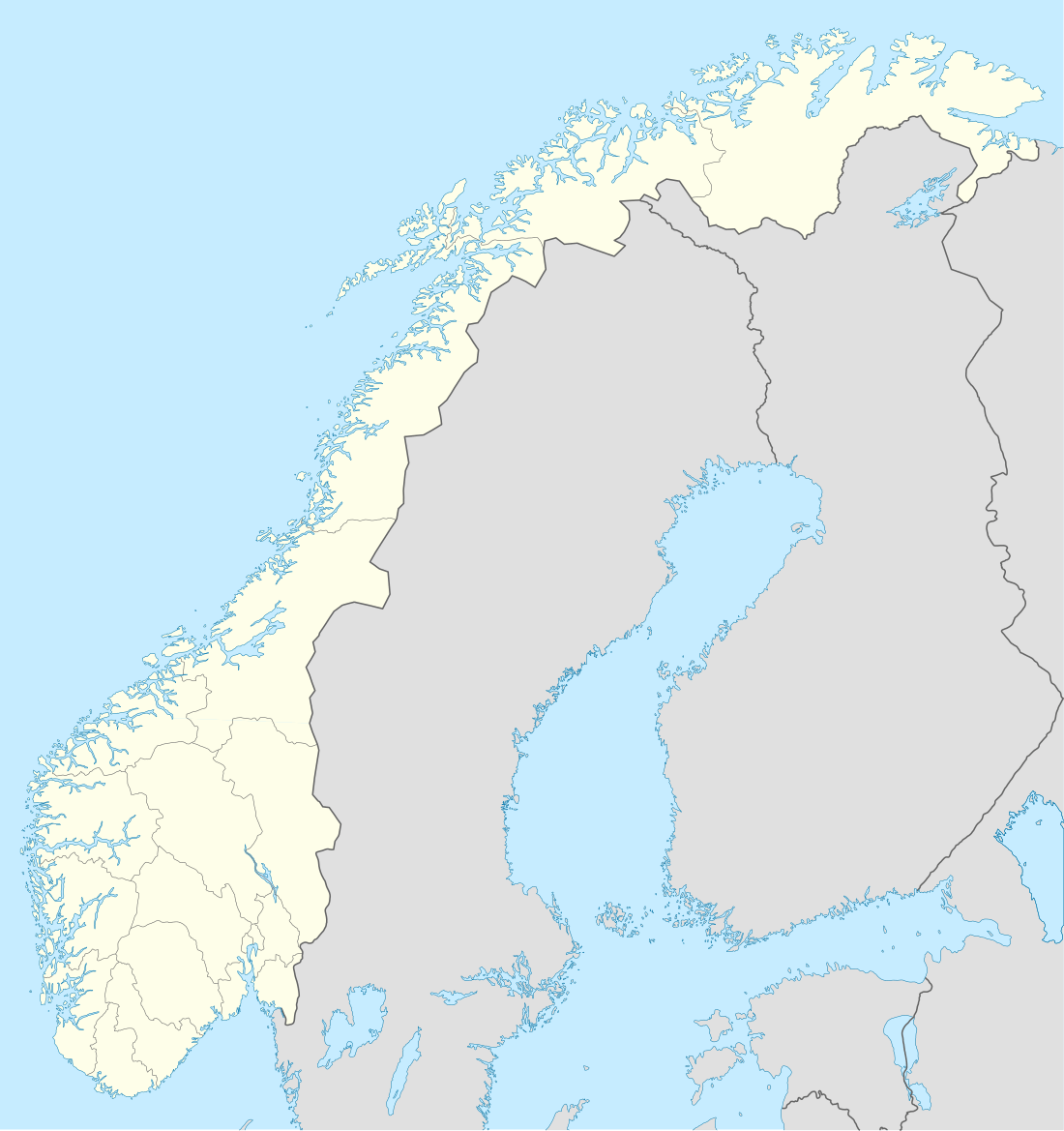Norne oil field
Norne is an oil field located around 80 kilometres (50 mi) north of the Heidrun oil field in the Norwegian Sea. The sea depth in the area is 380 metres (1,250 ft). Norne lies in a licence which was awarded in 1986, and embraces blocks 6608/10 and 6608/11. The Alve field nearby started to produce in March 2009 and is commingling into Norne. The Urd field is also comingling with the Norne. 6507/3-1 Alve will be tied to Norne for processing and transport. Natural gas has also been exported from Norne since 2001. It travels through the Norne Gas Export Pipeline and the Åsgard Transport trunkline via Kårstø north of Stavanger to continental Europe.
| Norne oil field | |
|---|---|
.jpg) Norne FPSO | |
 | |
| Country | Norway |
| Region | Norwegian Sea |
| Blocks | 6608/10, 6608/11 |
| Offshore/onshore | offshore |
| Coordinates | 66°0′49.35″N 8°4′26.48″E |
| Operator | Statoil |
| Partners | Statoil Petoro Eni |
| Field history | |
| Discovery | 1992 |
| Start of production | 1997 |
| Production | |
| Current production of oil | 70,000 barrels per day (~3.5×106 t/a) |
| Producing formations | Jurassic sandstones |
Development
The Alve find led to the discovery of the Norne oil and gas field which was proven in 1992 and brought on stream in 1997. The field has been developed with a production and storage vessel, connected to six subsea wellhead templates. Flexible risers carry the wellstream up to the vessel, which rotates around a cylindrical turret moored to the seabed. Risers and umbilicals are also connected to the turret. The ship has a processing plant on deck and storage tanks for stabilised oil.
Production
Production began from Norne in the Norwegian Sea on 6 November 1997. The Norne field produces around 70,000 barrels per day (11,000 m3/d) of medium density, low sulphur, waxy North Sea crude oil. Originally, the shut down of Norne was scheduled for 2014. Nevertheless, Statoil announced in 2015 that they are considering to extend production until 2030.[1]
Reservoir
The Norne reservoir is in Jurassic sandstones. Oil is mainly found in the Ile and Tofte formations, and gas in the Garn formation. The reservoir is found at a depth of 2,500 metres (8,200 ft) below sea level.
Recovery strategy
The oil is produced with water injection as drive mechanism. Gas injection ceased in 2005 and all gas was planned to be exported. In order to avoid rapid pressure depletion in the gas cap, gas will be injected for an extended period of time.
